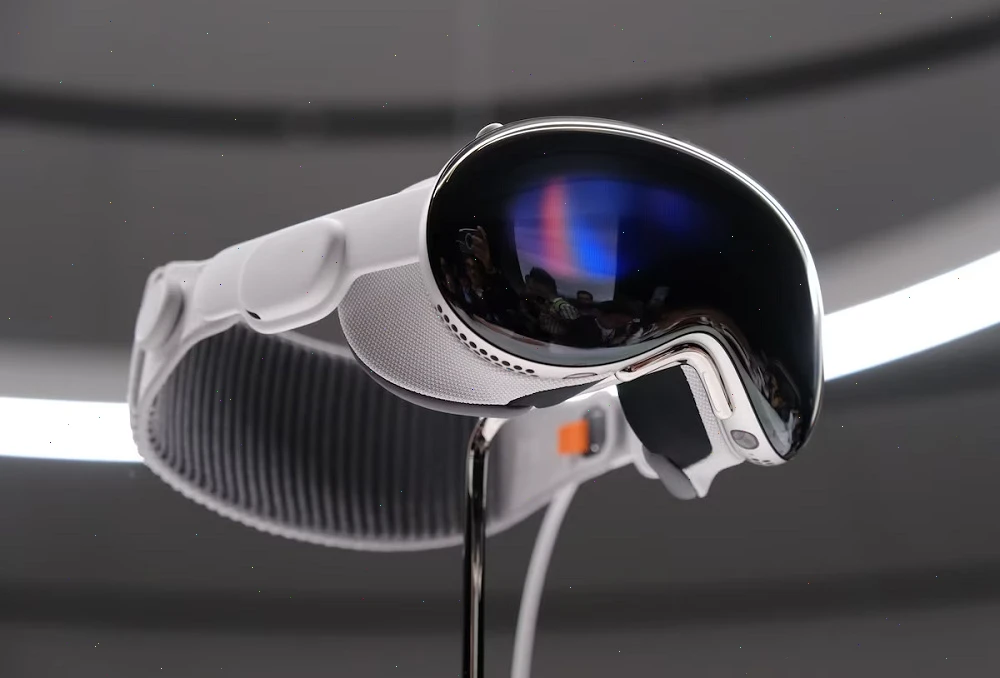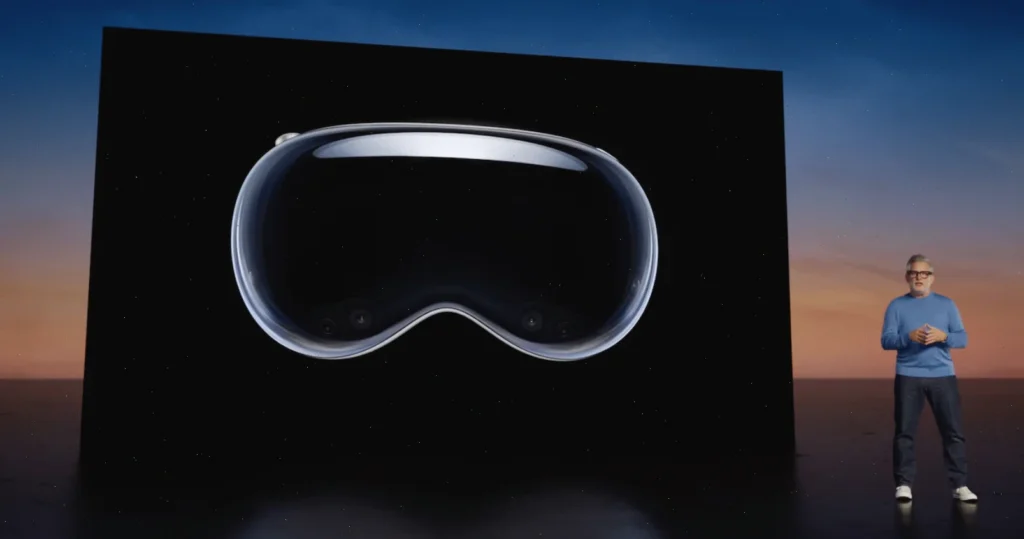
Vision Pro: Engineering Marvel, Market Letdown
Apple’s Vision Pro headset is undoubtedly an engineering marvel, but it failed to create a market upheaval that the company may have expected. As per industry analysts, a sky-high asking price of $3,500 and a lack of diverse software experiences cooled down the hype around it.
It seems Apple is going to fix the core mistakes with its next attempt. In fact, the company is reportedly working on two new headsets. One of them will focus on bringing the price down, while the other headset will fill a crucial computing gap.
“The new plan is to release a model that makes the headset both lighter and cheaper,” says a Bloomberg report.
Aiming for Affordability: The Headset for the Masses
This new variant is expected to come with a reduced price tag — somewhere between $1,500 and $2,500 — likely achieved by sacrificing screen pixel density. Previously, rumors suggested a shift to mobile processors, but now it appears Apple will equip the device with the upcoming M5 chip, also destined for future iPads and Macs.
Weight is another area of focus. Engineers are reportedly targeting a sub-one-pound profile, which could address one of the most common complaints about the current Vision Pro: its discomfort during use.

“Even when it was properly on my face, I could feel the weight of it, and it always felt like I had pressure on my face with the light seal. I’m not sure I’d want to wear this for an extended period, as I even had small markings on my face after just 25 minutes.”
Still, mass availability could take time. Analyst Ming-Chi Kuo believes the low-cost Vision Pro may not arrive for another two to three years.
Serving the Power Users: Wired for Performance
The second headset is being developed with enterprise users in mind — those needing to run demanding software with minimal latency. While wireless connections introduce input lag, Apple is working on a model that connects directly to a Mac, similar to PC-based VR solutions.
“The idea is to create an ultra-low-latency system for streaming a user’s Mac display or for connecting to high-end enterprise applications,” adds the Bloomberg report.
This approach makes sense for professionals and creators who require fast and reliable data throughput. A wired interface could be Apple’s answer to spatial computing without compromise.
Learning from Competitors: The Smart Glasses Advantage
Other companies have already made strides in immersive computing. Devices from RayNeo, Viture, and Xreal offer versatile environments that support Windows, macOS, and iPadOS with minimal lag. Xreal’s Nebula app, for example, allows multitasking across floating macOS windows with custom positioning and depth control.
These products demonstrate how spatial computing can move beyond novelty toward serious productivity — something Apple clearly aims to match or surpass.
Apple’s New Strategy: One for Everyone
Apple’s dual-headset strategy suggests the company is learning fast. One model for general consumers and another for power users could be the move that finally brings Vision Pro into the mainstream. Lighter hardware, more accessible pricing, and a professional-grade wired variant might be exactly what the platform needs.
“Apple just has to tap into all that raw firepower with the right spatial computing hardware.”
A next-gen Vision Pro connected directly to a Mac — leveraging the power of machines like the Mac Studio — may be the future that spatial computing enthusiasts have been waiting for.

Leave a Reply